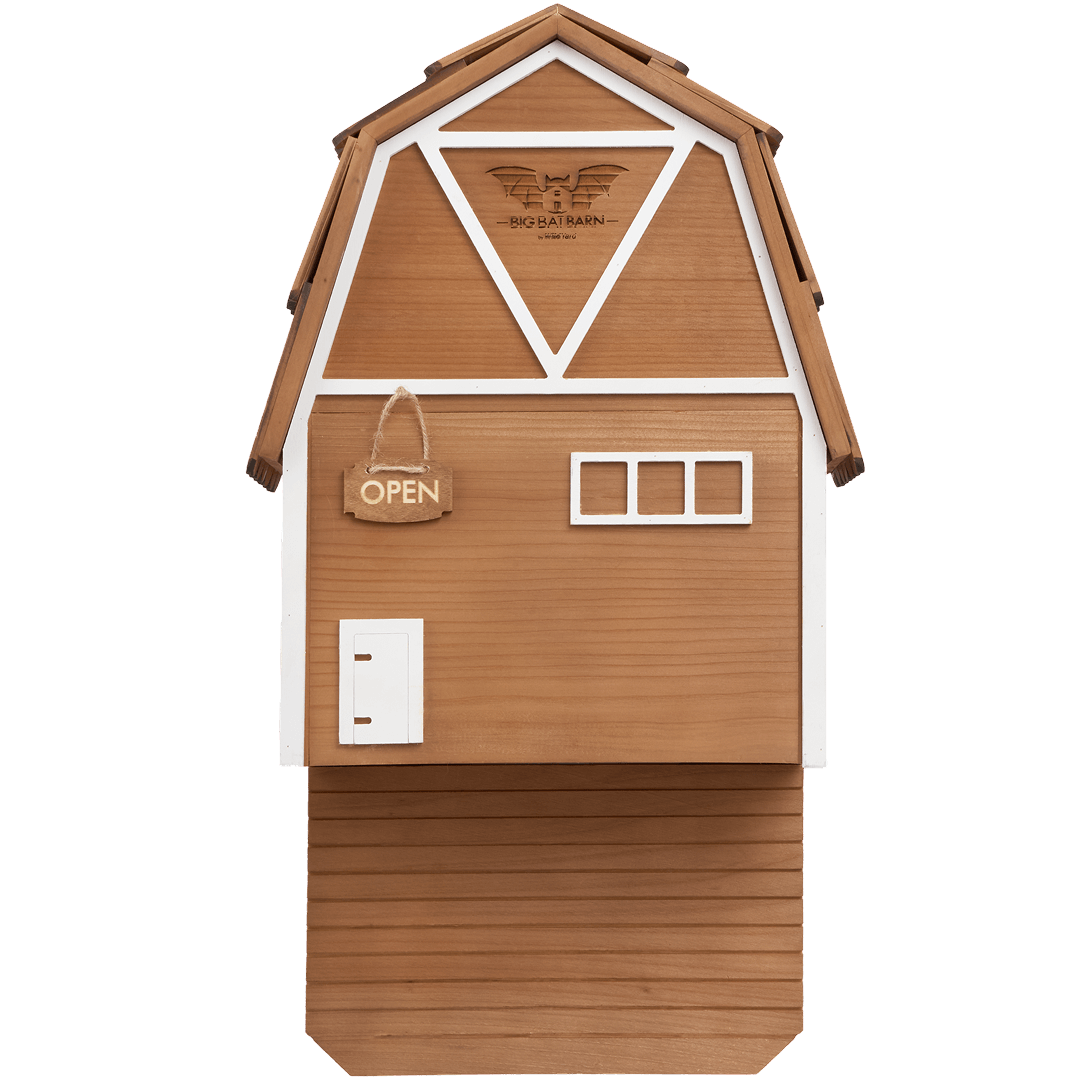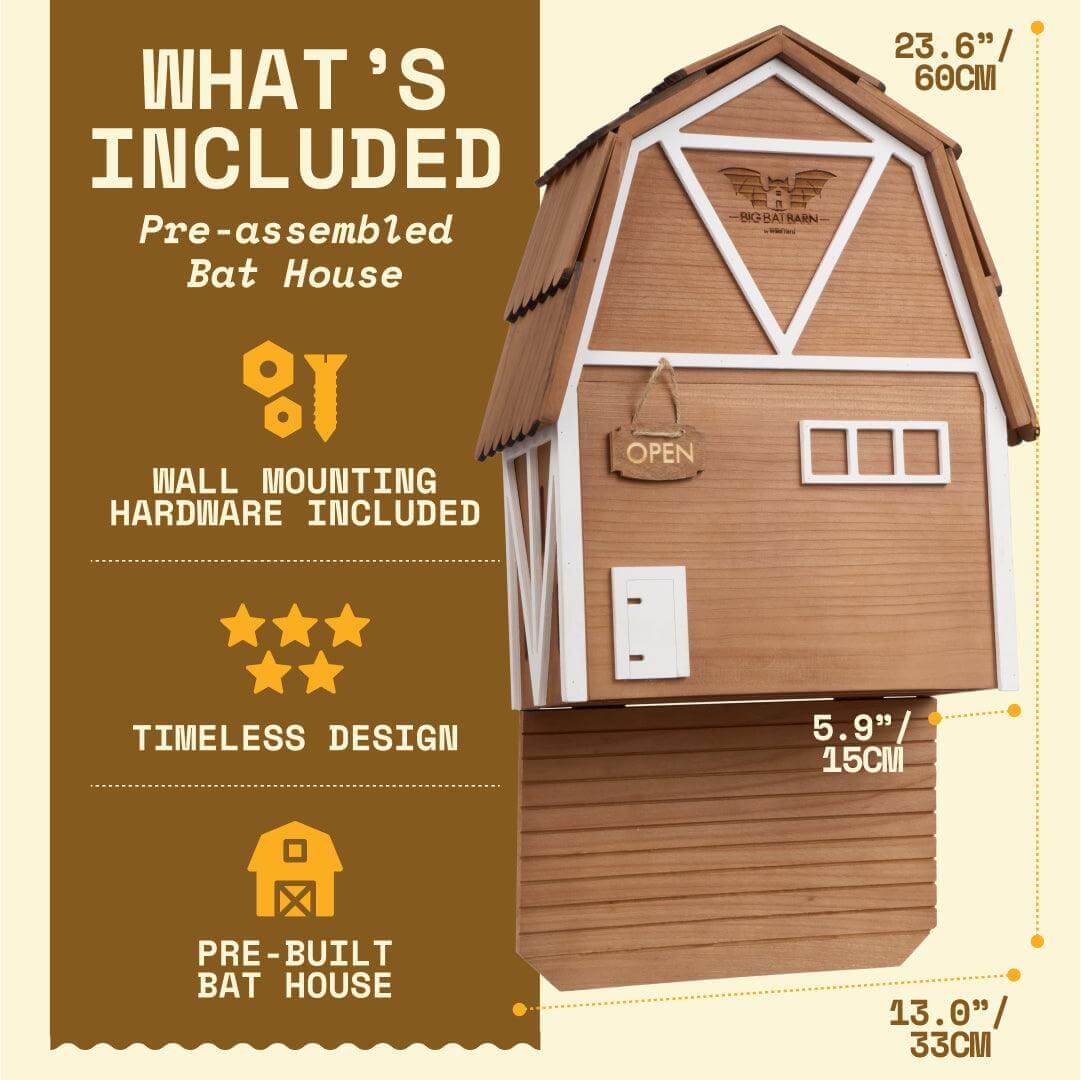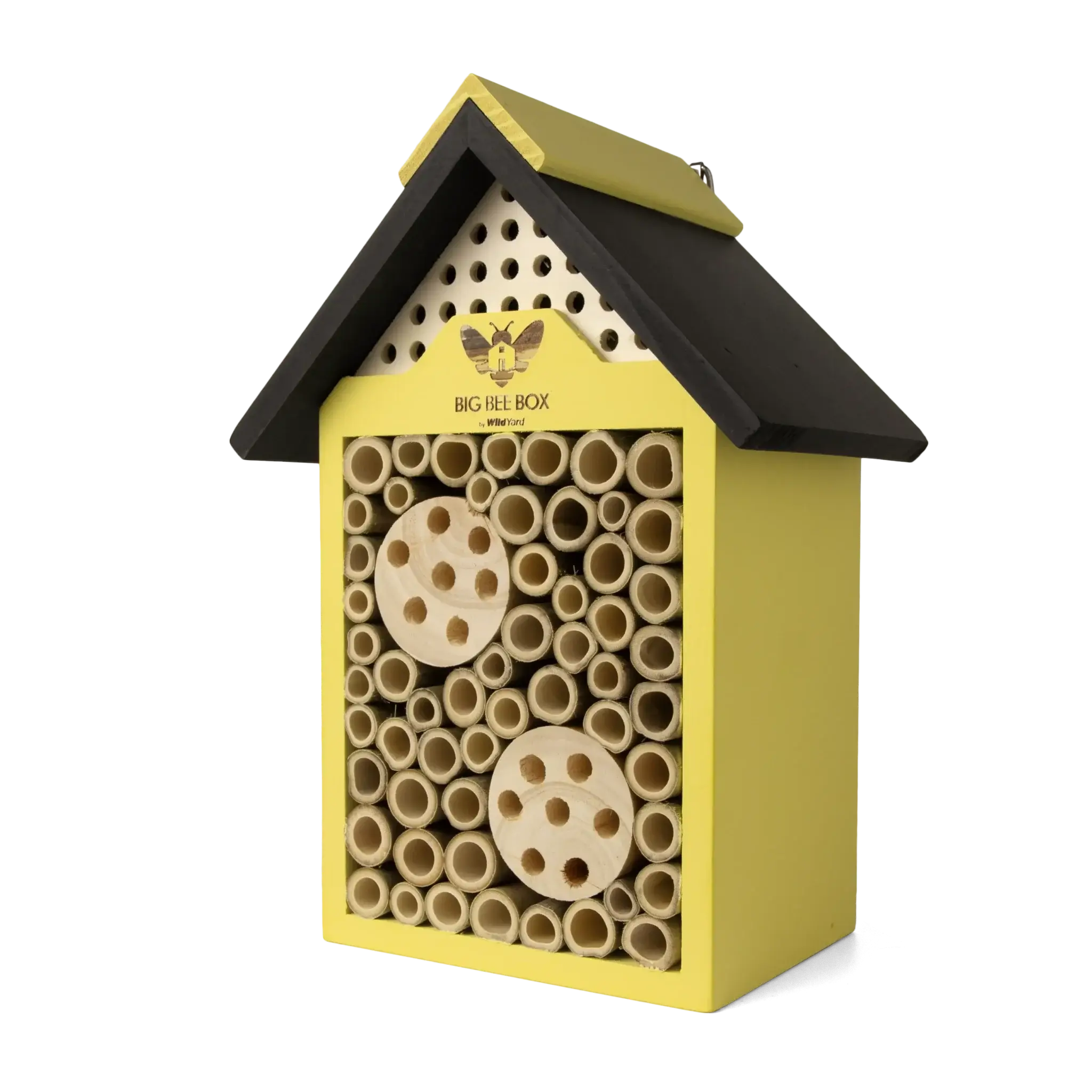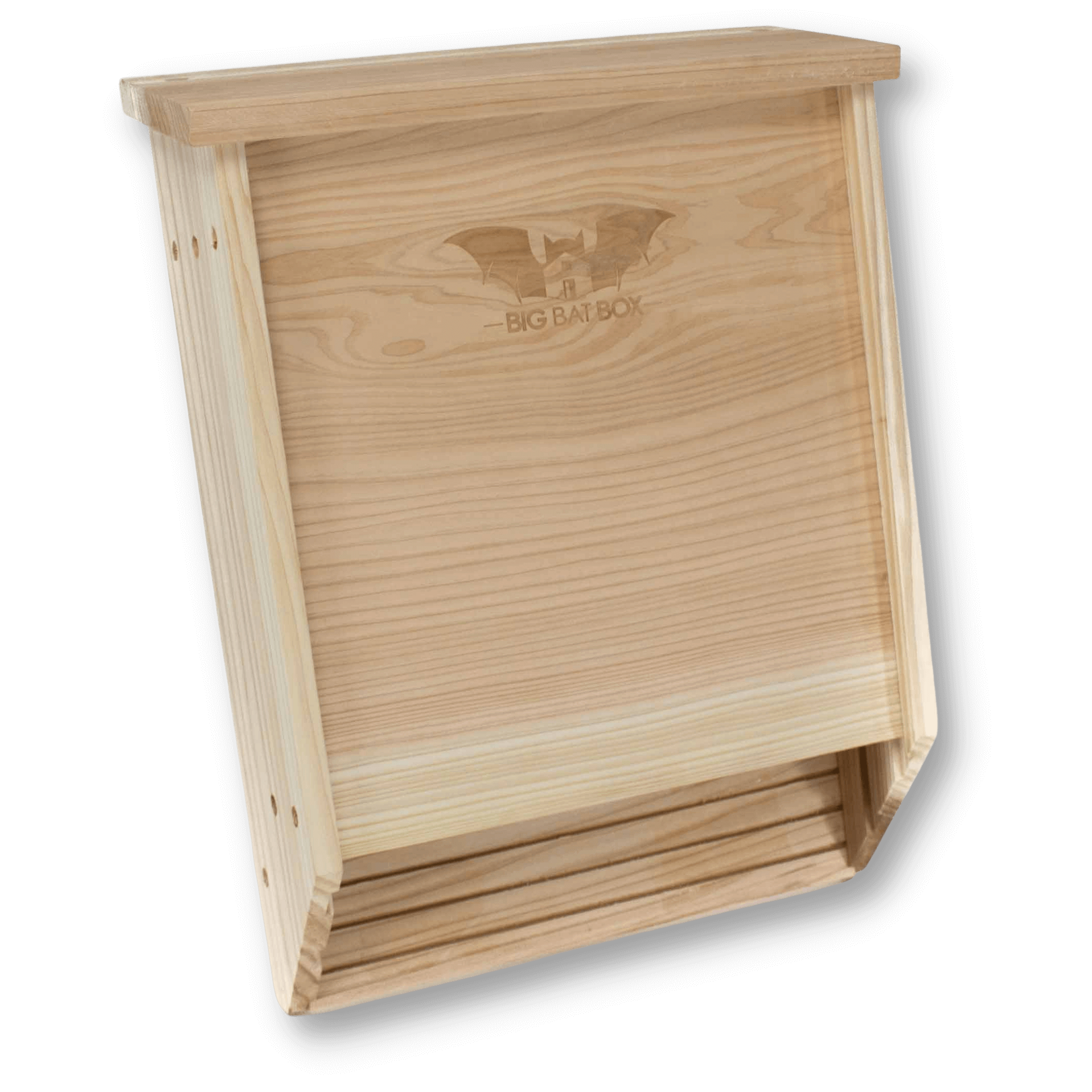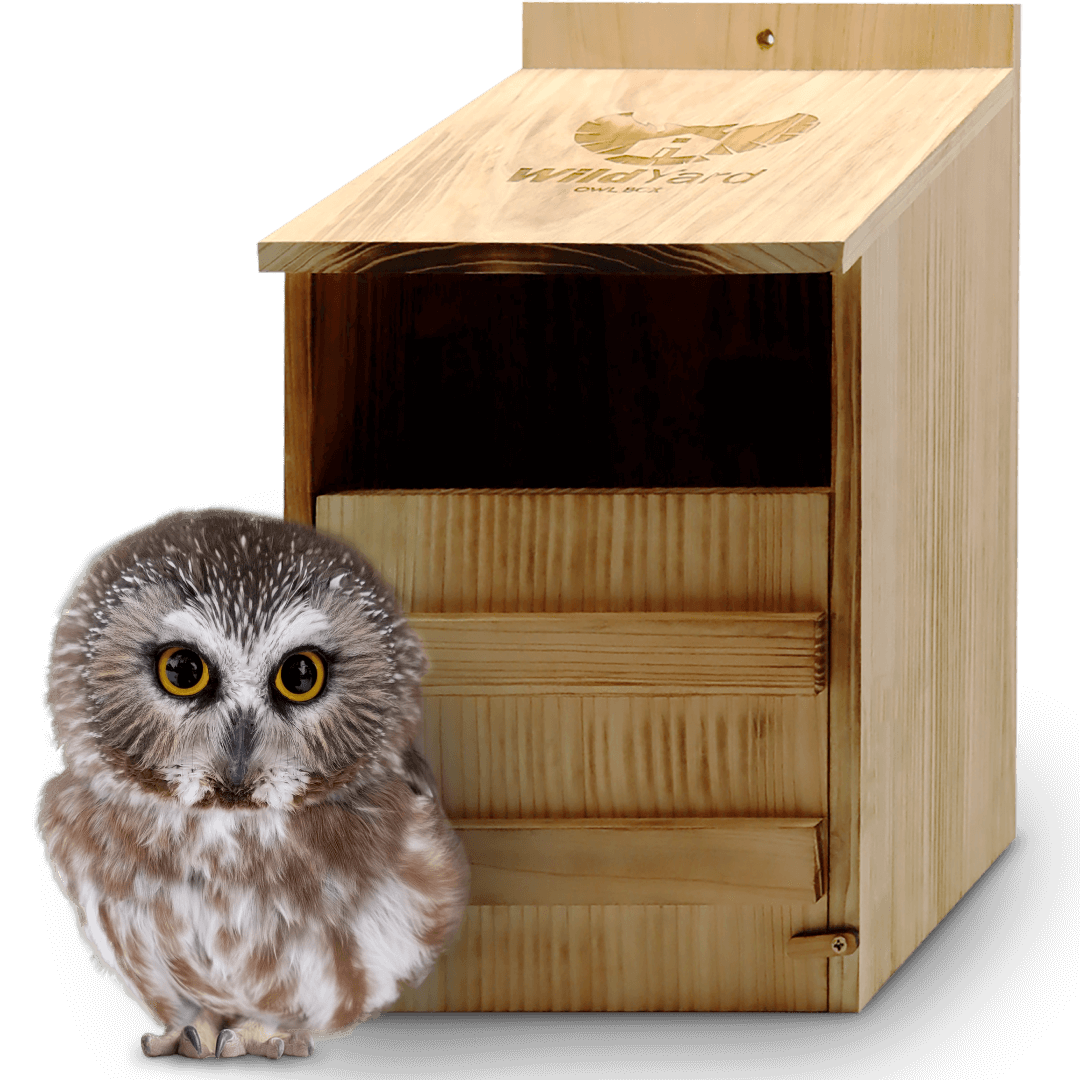helping the



YOUR PARTNERS IN CONSERVATION
Every purchase supports the ecosystem and connects you to a global effort through 1% for the Planet to keep our environment thriving.

MEET THE NEW BIG BAT BARN
Big Bat Barn is our most down-home bat house, a three-chamber roost with classic barn style, built to blend into your backyard or homestead. Full of rustic charm and bat-friendly features, it’s the perfect home for your flying friends.





Our Partners
Trusted by national parks across the U.S. and Europe, WildYard products are proudly certified by leading conservation groups and help support wildlife non-profits.





Thoughtfully made
Home for our
We collaborate with emerging and established designers to create pieces that reflect curiosity, craft, and play.

THE



See the impact
4.98 average
816 reviews
Love the bat house and the ability to get not only the right size, but also the ability to get the right box for the climate. Reasonable prices for well-made house and shipping was super fast.
Verified customer -
Double Chamber Bat House
Worth every penny - easy to install and looks great.
Verified customer -
Owl Box
Works great. I had a lot of bats in the area. I followed the directions that came with the box and sure enough within days the bats took to the box. At last count about 30 bats took up residence.
Verified customer -
Double Chamber Bat House
Well made, easy to install. Super fast shipping. Now just waiting for owls to move in!
Verified customer -
Owl Box
Just put up in my garden & hoping I’ll get a lot of interest….. it's a pretty cool unit!
Verified customer -
Bee Box
Occupants in two weeks.
Verified customer -
Owl Box
















